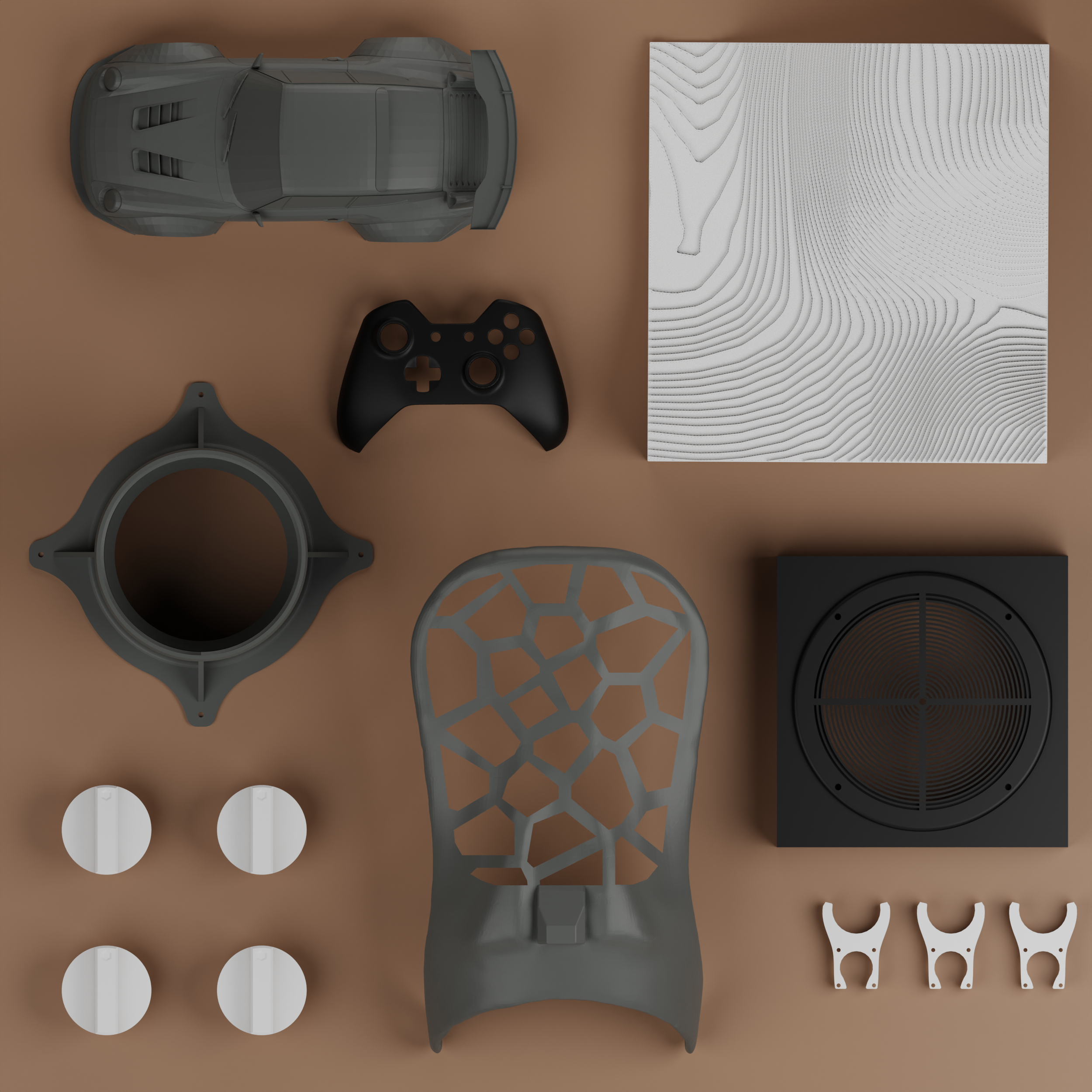The Value of Human Interaction in 3D Printing
While automated processes and algorithms are becoming increasingly sophisticated in the field of 3D printing, human interaction remains invaluable for leveraging creativity, addressing complex challenges, and ensuring the successful integration of 3D printing technology into various industries and domains.
The Growing Trend of Replacing OEM parts with 3D Printed Parts
For various reasons, original equipment manufacturers (OEMs) are not always the best source for replacement parts. A growing number of people and companies are looking to 3D printing as a way to replicate parts that they otherwise would struggle to procure. This is especially true in the automotive, construction, and hardware technology industries.
3D Printing is Dead, Long Live 3D Printing
Like other tech companies and startups, additive manufacturing – aka 3D printing – benefited greatly from an influx of capital in 2020-2021. Over the past two years, several 3D printing companies have gone public, raised large funding rounds, been acquired, or merged with other companies in an effort to further scale their businesses. However, the recent decline in valuations of public 3D printing companies is raising some questions about the market potential of the technology.
How 3D Printing Can Help Make Production More Sustainable
We live in a world that demands affordable products on a rapid timeline. We are also increasingly seeing more demand for sustainably produced products. It is difficult to reconcile these two seemingly contradictory requirements. However, additive processes such as 3D printing are offering up resource-saving solutions that are changing the game. Here are some of the ways 3D printing can help make production more sustainable.
How to Choose the Right 3D Printing Material for your Project
Choosing the right 3D printing material can be a conundrum, but the choice can be made easier by asking yourself a couple simple questions. Once you know exactly what you want your part to do and withstand, you’ll be able to choose the perfect 3D printing material for your project.
7 Steps for Setting Up Files for Problem-Free FDM 3D Printing
So you finished 3D modeling your project on your preferred CAD (Computer Aided Design) software and now you want to 3D print it. Before you can begin 3D printing, it is important to optimize your files and run through a few additional steps to avoid any problems during the printing process. This print guide will help you properly optimize and prepare your digital files prior to starting your prints.
Pioneering Architectural Model Making with 3D Printing
Architectural models have long been made using traditional processes and materials such as paper, cardstock, chipboard, and balsa. Today, 3D printing is making it cheaper, faster and easier to produce more precise, higher quality and safer models using lightweight, durable filaments. This post examines how traditional model making compares to 3D printed architectural models.
COVID-19’s Impact on Global Manufacturing
Among the fastest responders to the PPE shortage were 3D printing labs. The 3D printing community came together to create and print open source designs for face shields, ventilator components, masks, and nasal swabs, among other items. 3D printed PPE helped fill a gap that no one anticipated would have ever existed in a world of interconnected, undisrupted global supply chains.









